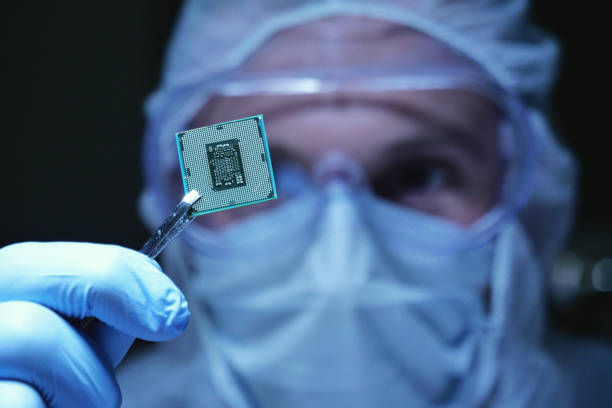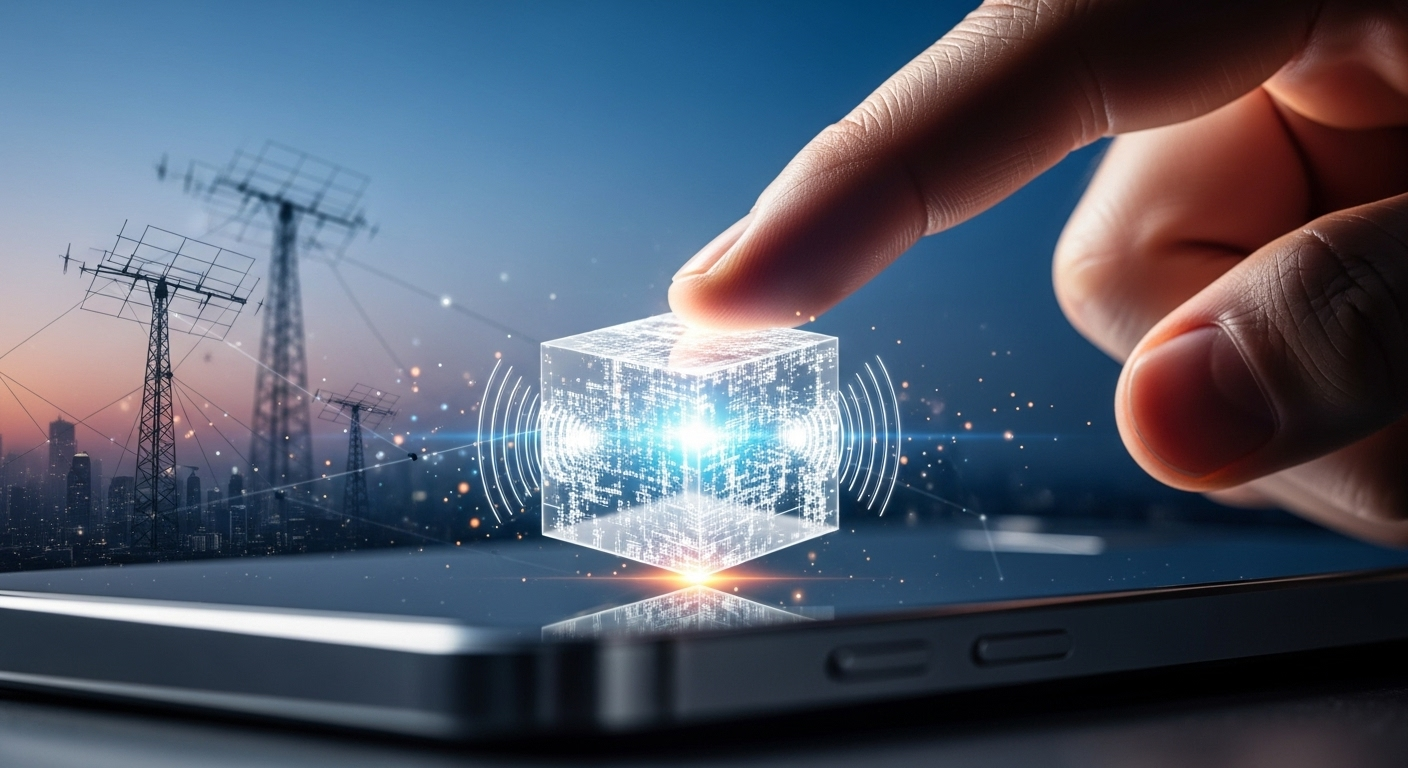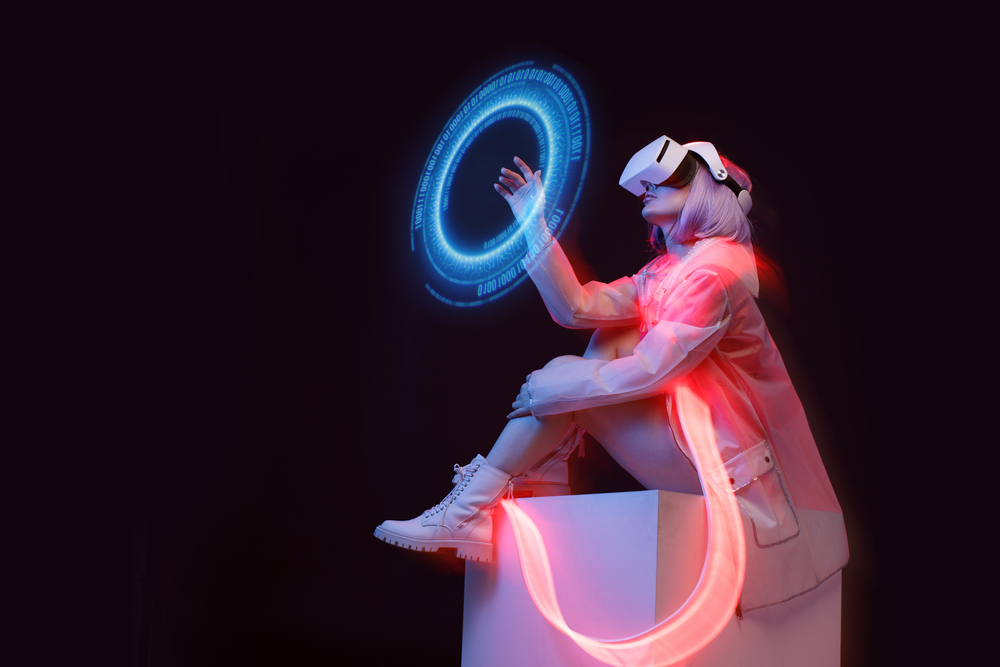Holographic Theater: The Next Frontier of Live Performance
In a world where digital entertainment reigns supreme, a groundbreaking fusion of technology and traditional theater is captivating audiences worldwide. Holographic theater, a cutting-edge art form that blends live actors with three-dimensional projections, is pushing the boundaries of storytelling and visual spectacle. This innovative approach to performance art is not only revolutionizing the stage but also challenging our perceptions of reality and virtual presence. As holographic technology continues to evolve, it promises to transform the landscape of live entertainment, offering immersive experiences that were once confined to the realm of science fiction.

The first holographic theater productions were rudimentary, often relying on simple projections and limited interactivity. These early attempts, while groundbreaking, were more akin to enhanced multimedia presentations than fully realized holographic performances. Nevertheless, they laid the groundwork for what would become a revolutionary art form.
Technological Advancements Driving the Medium
The rapid advancement of projection technology, 3D mapping, and real-time rendering has been crucial to the development of holographic theater. High-powered lasers and sophisticated optical systems now allow for the creation of vivid, lifelike holograms that can interact seamlessly with live performers.
One of the most significant breakthroughs has been the development of volumetric displays, which create three-dimensional images that can be viewed from multiple angles without the need for special glasses. This technology has opened up new possibilities for audience engagement and immersion, allowing spectators to move around and experience the performance from different perspectives.
Blurring the Lines Between Reality and Illusion
Holographic theater challenges the traditional boundaries between the physical and virtual worlds. By integrating live actors with holographic elements, performances create a unique hybrid space where reality and illusion coexist. This blending of the tangible and the ethereal offers directors and performers unprecedented creative freedom.
Audiences are transported to fantastical realms where the laws of physics seem to bend at will. Characters can materialize out of thin air, transform before the viewers’ eyes, or interact with impossible environments. This level of visual spectacle not only enhances the storytelling but also creates a sense of wonder and possibility that is unique to the medium.
The Creative Potential of Holographic Theater
The artistic possibilities of holographic theater are vast and largely untapped. Directors and designers are only beginning to explore the creative potential of this new medium. From reimagining classic plays with holographic set pieces to creating entirely new forms of storytelling that leverage the technology’s unique capabilities, the field is ripe for innovation.
One of the most exciting aspects of holographic theater is its ability to bring historical figures or fictional characters to life in unprecedented ways. Imagine a performance where holographic representations of long-deceased authors discuss their works with live actors, or where mythical creatures appear to roam the stage alongside human performers.
Challenges and Future Developments
Despite its potential, holographic theater faces several challenges. The technology required for high-quality holographic projections remains expensive and complex, limiting its widespread adoption. Additionally, creating convincing holographic performances requires a new set of skills that combines traditional theatrical techniques with digital artistry and programming.
However, as technology continues to advance and become more accessible, these barriers are likely to diminish. Research into more compact and affordable holographic systems is ongoing, with some experts predicting that within a decade, holographic theater could become a common feature in major performing arts centers around the world.
The Impact on Traditional Theater
As holographic theater gains prominence, questions arise about its impact on traditional forms of live performance. Some theater purists express concern that the emphasis on technological spectacle may overshadow the human element that has long been at the heart of theatrical arts.
Proponents of holographic theater argue that rather than replacing traditional theater, this new medium will complement and enhance it. They see it as an additional tool in the theatrical toolkit, one that can be used to tell stories in new and compelling ways while still preserving the essence of live performance.
Audience Reception and Critical Response
Early holographic theater productions have met with mixed reactions from audiences and critics. While many are enthralled by the visual spectacle and innovative storytelling possibilities, others find the technology distracting or feel that it detracts from the emotional intimacy of live theater.
Critics have praised the medium’s ability to create immersive experiences that were previously impossible on stage. However, some have also noted that the technology can sometimes overwhelm the narrative, emphasizing style over substance.
The Global Spread of Holographic Theater
Holographic theater is not confined to a single geographic region. Theater companies and technology firms around the world are experimenting with the medium, each bringing their unique cultural perspectives to this new art form.
In Asia, holographic performances have been used to resurrect legendary performers and bring ancient stories to life. European theaters are exploring how holographic elements can enhance classic operas and plays. In North America, experimental theater groups are pushing the boundaries of interactive holographic storytelling.
Educational and Commercial Applications
Beyond entertainment, holographic theater has potential applications in education and commerce. Museums are exploring how holographic performances can bring historical events to life for visitors. Corporate events and product launches are using holographic presentations to create memorable and impactful experiences for attendees.
The technology’s ability to create lifelike virtual presenters also opens up new possibilities for distance learning and remote collaboration, blurring the lines between live and virtual interactions.
Conclusion: A New Chapter in Theatrical Arts
Holographic theater represents a bold new frontier in the world of live performance. As the technology continues to evolve and artists become more adept at harnessing its potential, we can expect to see increasingly sophisticated and emotionally resonant productions that push the boundaries of what is possible on stage.
While it may never fully replace traditional theater, holographic performance art is carving out its own niche in the cultural landscape. It offers a glimpse into a future where the lines between the physical and digital worlds continue to blur, challenging our perceptions and expanding our understanding of what constitutes live entertainment.
As we stand on the cusp of this new era in theatrical arts, one thing is clear: holographic theater is poised to play a significant role in shaping the future of live performance, offering audiences experiences that are truly out of this world.





